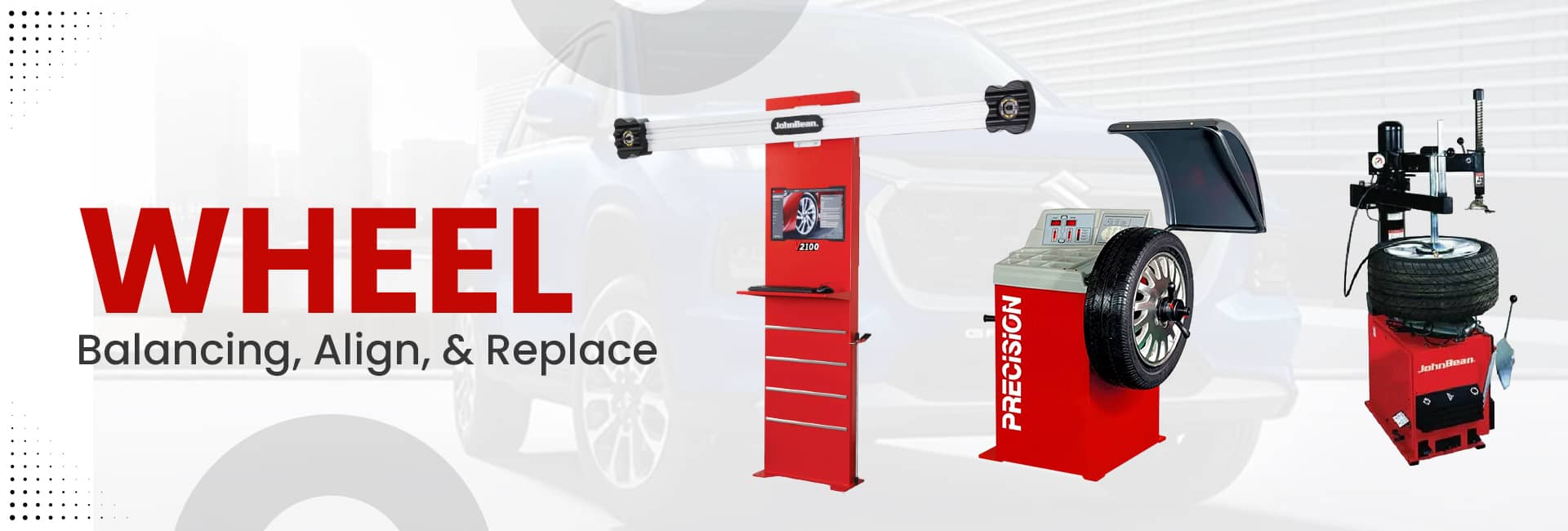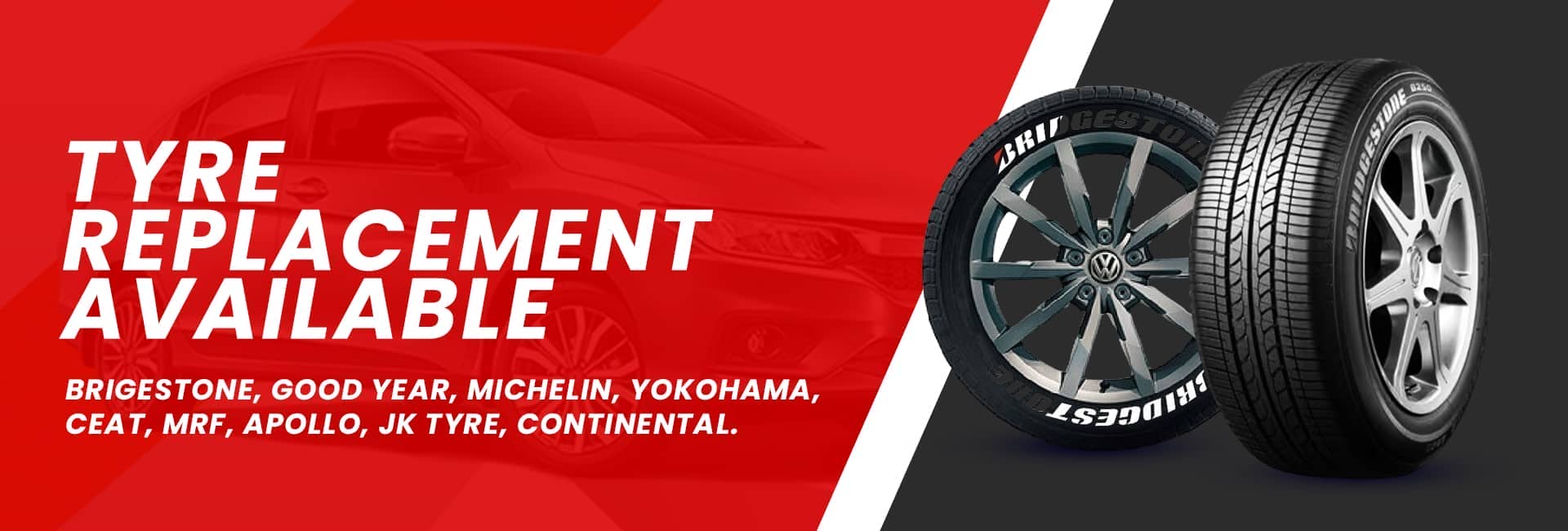



Alignment refers to an adjustment of a vehicle’s suspension – the system that connects a vehicle to its wheels. It is not an adjustment of the tyres or wheels themselves. The key to proper alignment is adjusting the angles of the tyres which affects how they make contact with the road.
There are a couple ways to tell if your car needs a tyre alignment. If you've noticed one or more of these indicators, you should have your alignment checked by a licensed service technician immediately.
Uneven tread wear
Vehicle pulling to the left or right
Your steering wheel is off center when driving straight
Steering wheel vibration
When a technician checks your tyre alignment, he or she is mainly concerned with three things:
This is the inward or outward angle of the tyre when viewed from the front of the vehicle. Too much inward or outward tilt, also known as negative and positive camber, respectively, indicates improper alignment and will need to be adjusted. Worn bearings, ball joints, and other wheel-suspension parts may contribute to camber misalignment.
Distinct from camber alignment, toe alignment is the extent to which your tyres turn inward or outward when viewed from above. If that’s confusing, just stand up and look down at your feet. Angle them inward toward the center of your body. When the tyres on your car are angled the same way (remember, we’re thinking in terms of birds-eye-view), we call this toe-in alignment. Angle your feet outward and you have toe-out alignment. Both require adjustment.
Your caster angle helps balance steering, stability, and cornering. Specifically, it’s the angle of your steering axis when viewed from the side of your vehicle. If you have positive caster, the steering axis will tilt toward the driver. Negative caster, on the other hand, means the steering axis tilts toward the front of your vehicle.

Distinct from tyre alignment, tyre or wheel balancing refers to compensation for any weight imbalances in the tyre/wheel combination and is often performed in conjunction with wheel alignment. There are two basic types of tyre/wheel imbalance that need correction – static (single plane) and dynamic (dual plane).
Static balance addresses balance on only one plane – vertical movement which can cause vibration. A dynamic imbalance, on the other hand, addresses balance in two planes – vertical movement and lateral movement . Both types of imbalance require the use of a special balancing machine to help even things out.
To begin balancing your tyres, a technician will mount them on the correct rims and adjust the pressure to optimal inflation. Then each tyre goes on the center bore of a balancing machine. The machine spins the tyre at a high speed to measure the wheel/tyre combination imbalance. It signals how much weight the tech should add to balance out the tyre and the areas where said weight is needed.
Tyre Balancing is essential for proper tyre care for the same reason as wheel alignment: prevention of premature tread wear. Having tyres aligned and balanced every 5,000 to 6,000 miles can help maximize their lifespan and overall performance.
Distinct from tyre alignment, tyre or wheel balancing refers to compensation for any weight imbalances in the tyre/wheel combination and is often performed in conjunction with wheel alignment. There are two basic types of tyre/wheel imbalance that need correction – static (single plane) and dynamic (dual plane).
At Pandit Automobiles, we prioritize safety and durability. Our expert team ensures that your vehicle’s tyres are in optimal condition. Our services include tyre replacement, wheel alignment, and balancing. Whether you drive a compact car or an SUV, we offer quality replacement tyres that enhance traction, handling, and fuel efficiency. Trust Pandit Automobiles for reliable tyre care!